Do you know Charlotte Mulliner’s charming poem “Good Gnus”? It was transcribed by P.G. Wodehouse in his short story “Unpleasantness at Bludleigh Court.” I went shooting with friends last weekend at a magnificent rural fastness in a semi-secure, undisclosed location near Millbrook, New York. Although we were shooting clays, not pheasants or other fauna, the opening of “Good Gnus” nevertheless floated into my mind like a tocsin with its irrefragable psychological insight.
When cares attack and life seems black,
How sweet it is to pot a yak,
Or puncture hares and grizzly bears,
And others I could mention;
But in my Animals “Who’s Who”
No name stands higher than the Gnu;
And each new gnu that comes in view
Receives my prompt attention.
The poem has a happy ending, too – always assuming that you are not yourself a gnu:
A brief suspense, and then at last
The waiting’s o’er, the vigil past;
A careful aim. A spurt of flame.
It’s done. You’ve pulled the trigger,
And one more gnu, so fair and frail,
Has handed in its dinner-pail…
It was while lining up for our dinner – which is to say for our lunch – pail that those cheerful lines echoed, unbidden in my memory. We had a choice between mushroom soup and a Bibb lettuce salad to start and beef and Cobb salad as the main event.
Which brings me to my main event, videlicet, the wine. We inaugurated the repast with a delightful 2019 Puligny-Montrachet from Olivier Leflaive, offshoot of the storied Domaine Leflaive, a conspicuous star in the diadem of Burgundy producers. It was everything you would expect from this great wine-producing region in the Côte de Beaune: heady, aromatic nose, complex on the tongue, lingering, taut-but-buttery finish. Adding palpably to pleasure (as well as to the appreciation) was the price. At about $100, it was perhaps 30 percent below retail.
The same was true of the 2006 (!) Château Pape Clément. Indeed, I doubt you could find the wine for less than $150, but the sage managers of our refectory offered it to us hungry shooters for a mere $100.
I have written about this ancient Pessac-Léognan wine before in these chronicles.
Planted in 1300, the vineyard is by some measure the oldest in all of Bordeaux. Back then, much of the Médoc was still but a swamp. The reigning archbishop of Bordeaux, one Bertrand de Goth, was given the vineyard by his brother Berald. Bertrand took the name Clement V when he ascended to the papacy in 1305 and gave his name to the vineyard, passing it along to the new archbishop of Bordeaux so that he himself could attend to moving the papacy to Avignon in 1309. The year 2006 was not quite as dazzling as the stupendous 2005, but it was a solid year and in 2025 this regal Cabernet Sauvignon/Merlot blend was still sturdy and full of delectable aromas and fruit.
As the presence of these two stars suggests, the establishment which hosted our shooting party boasts a stupendous wine list. Another room, clearly set for some evening celebration, featured a table upon which stood an open case of 2014 Lynch-Bages, one of my favorite Pauillacs, half a dozen magnums of Taittinger Champagne, and some magnums of 2003 Puligny-Montrachet “Les Perrières” from Remoissenet Père & Fils. Yum. I waited around for as long as was decorous for a dinner invitation, but none was forthcoming. Next time.
Let me take your mind off that disappointment by mentioning what is (so far) my discovery of the season in the category of rosé. I have had some excellent rosés this spring from Provence. The 2024 Domaine du Bagnol from Cassis, for example, which is midway between Marseille and Toulon (and close to Bandol, home of the famed Domaine Tempier). It is a fresh and refreshing blend of Grenache, Mourvèdre and Cinsault and it is a bargain at about $25. Then there is the 2024 La Bernarde “Les Hauts du Luc” from Côtes De Provence, a high-altitude blend of Grenache, Cinsault and Syrah. Very food-friendly and pert as a pansy. At about $20, it is a reassuring standby.
But my real find of the season is a Sicilian wine called “Rose di Adele” from the ancient (1469) winery Feudo Montoni. The wine is made from the distinctive Sicilian grape Nerello Mascalese, which the experts tell us is a cross between Sangiovese and several other Italian grapes. Most wine made from Nerello Mascalese is red – I believe we’ve sampled some along the way in these columns – but the Feudo Montoni rosé is something special. Its nose is a combination of watermelon, cotton candy and other items from the confectionery. But its taste is lucid and vernal with robust acidity and tartish fruit. It looks to be about $20-odd in stores, if you can find it. If you do, snap it up – and get one for me.
This article was originally published in The Spectator’s July 2025 World edition.



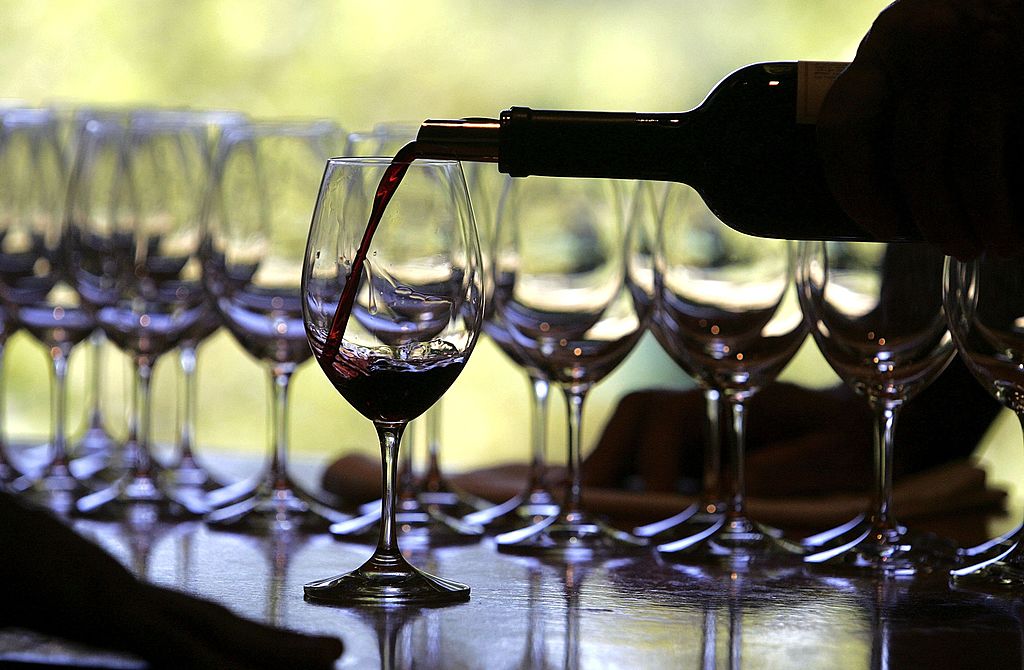






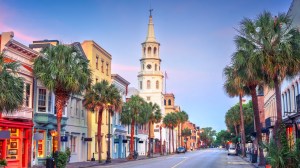
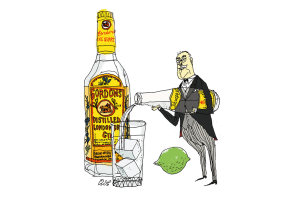


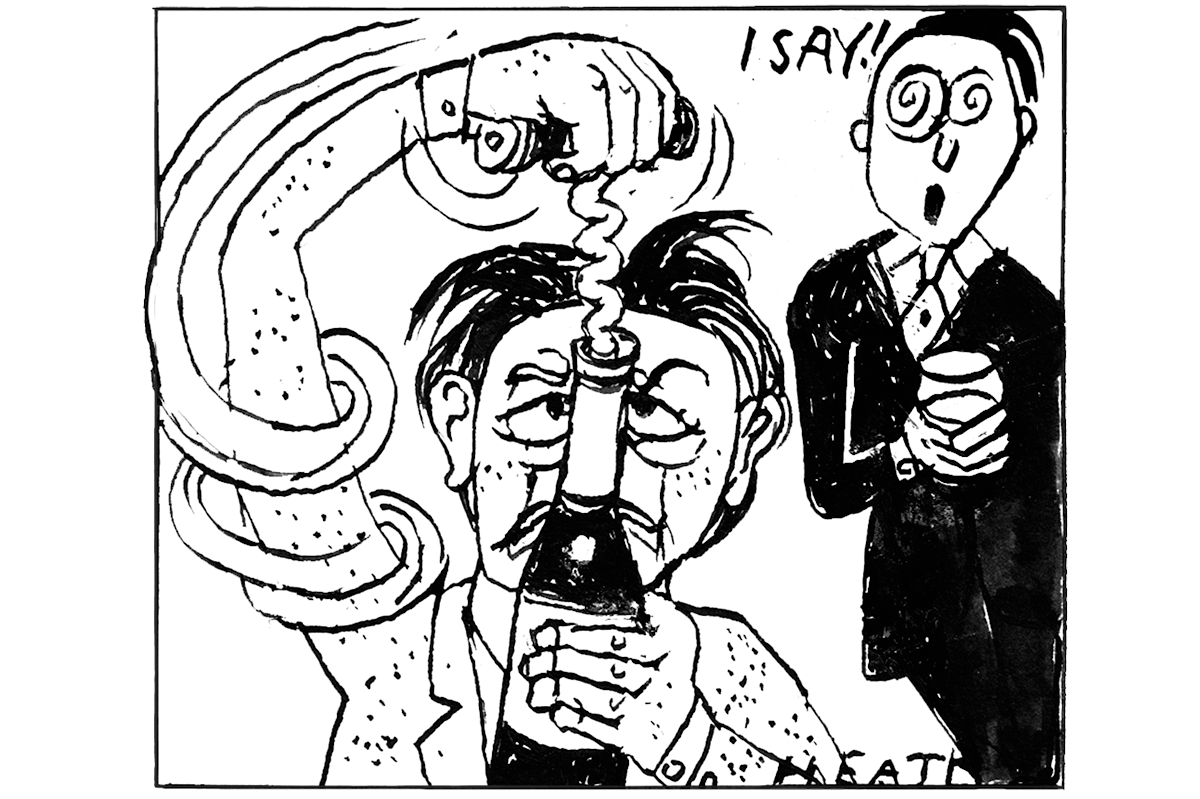
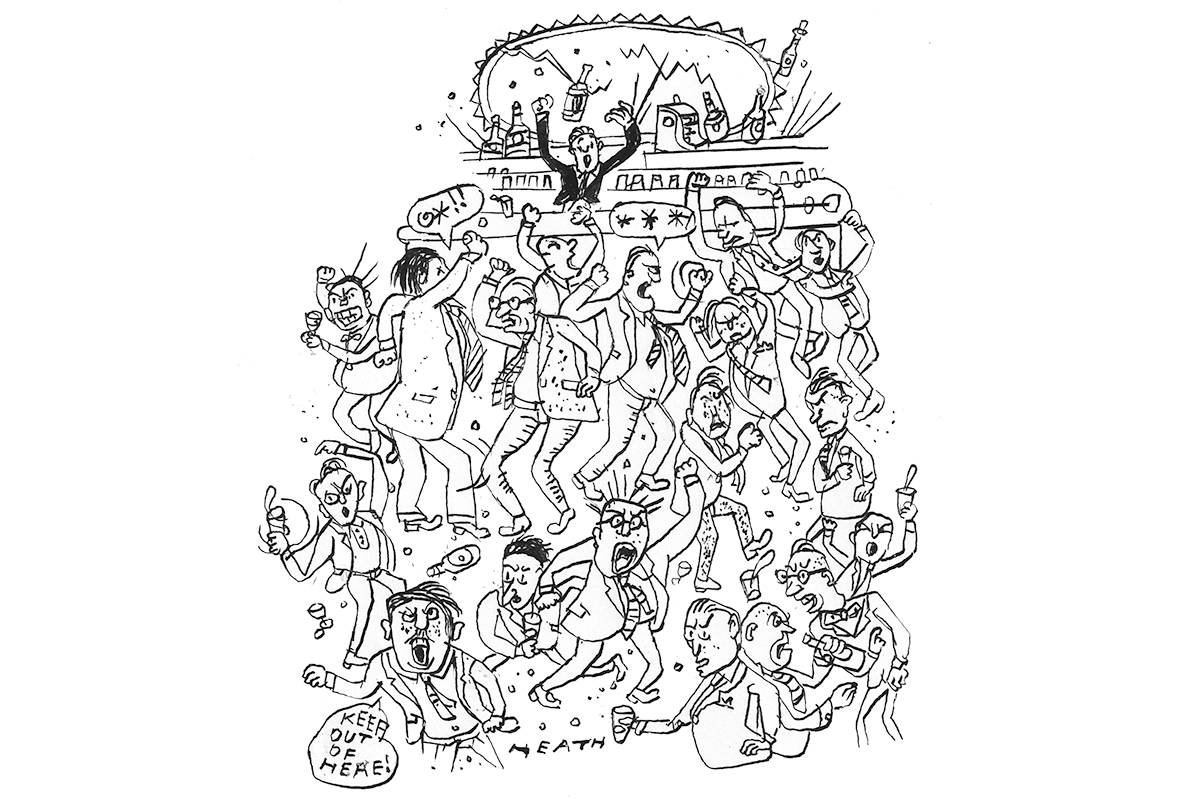
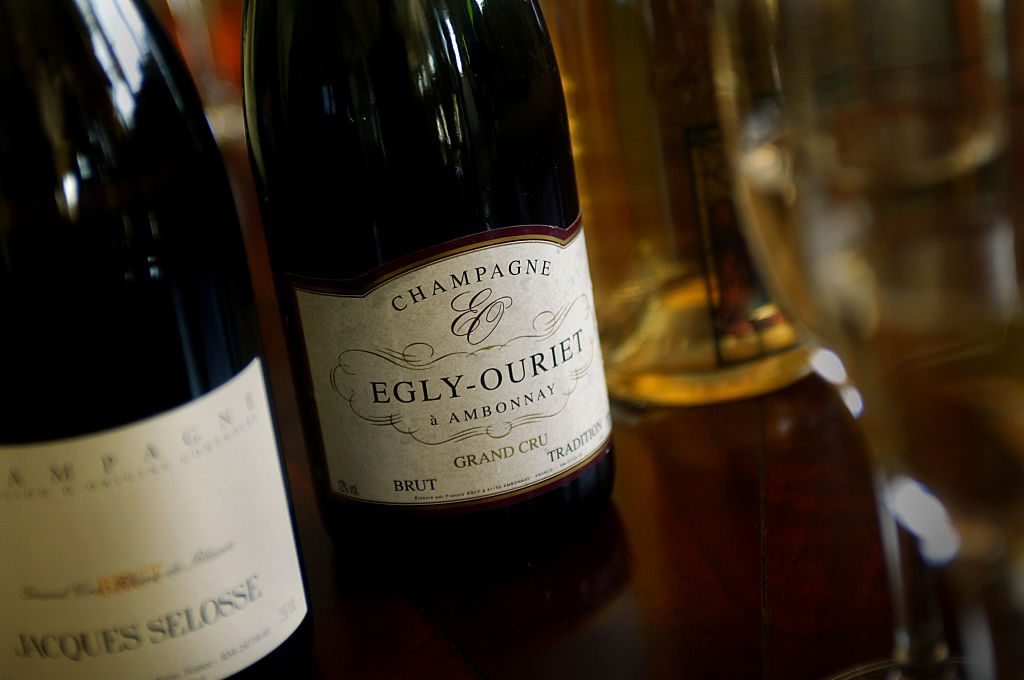
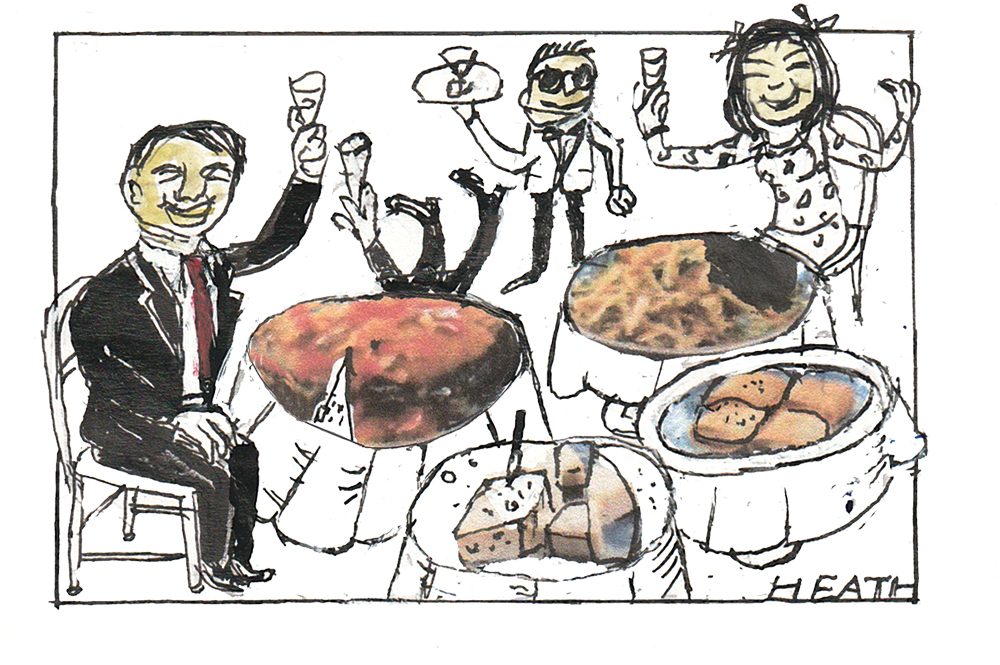
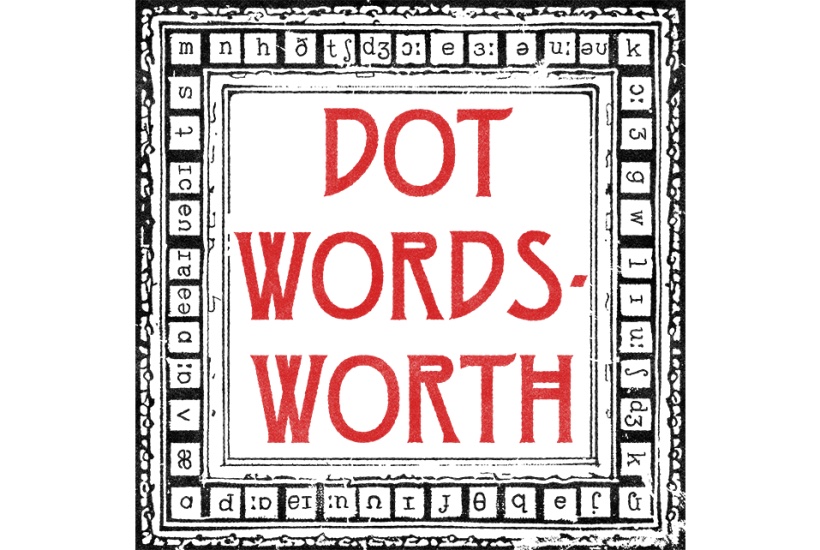




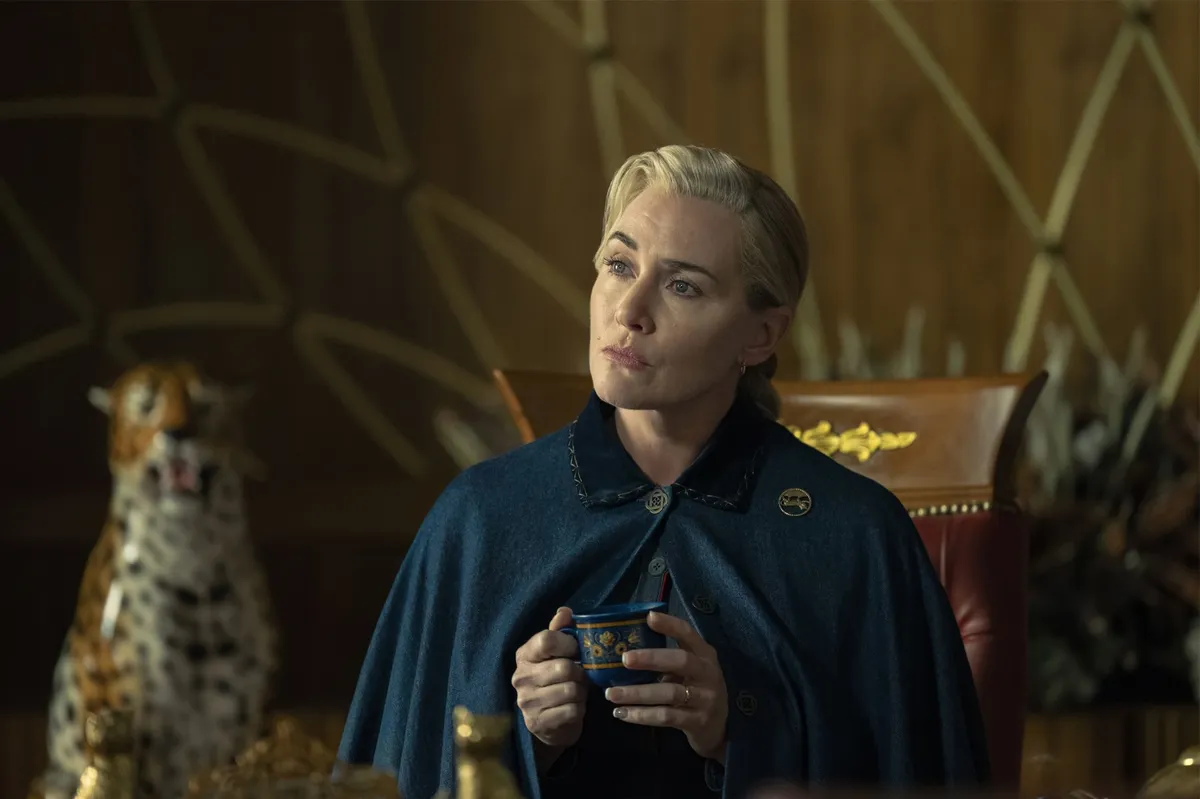


Leave a Reply